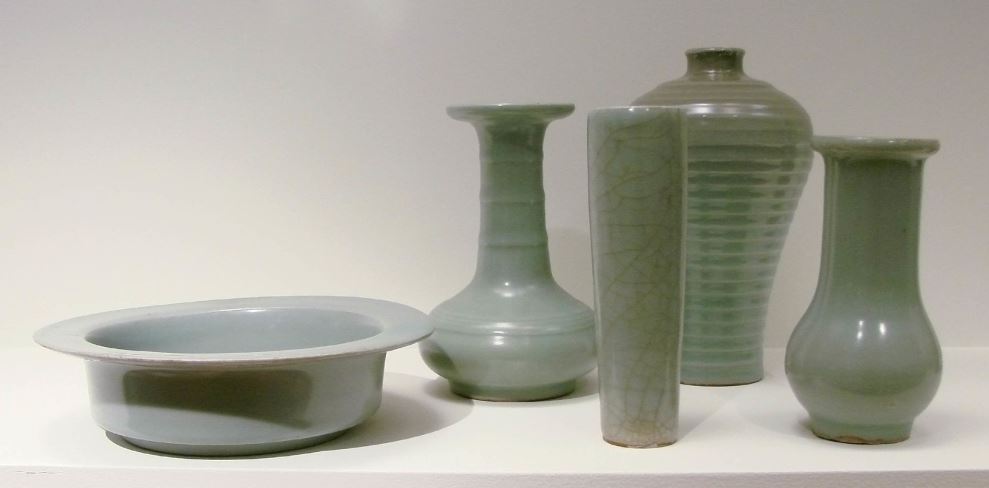Back on March 24, 2018, China‘s Ministry of Culture and Tourism released The Plan on Revitalizing China’s Traditional Craftswhich hopes to inject new momentum into the protection and restoration of Chinese culture and heritage.
It calls for better management of the industry and increased market competitiveness, with substantial improvements to be made by 2020.
According to the document, traditional crafts are set to play a more significant role in creating jobs, with the incomes of practitioners to be increased and industrial structures to be diversified. The country is also set to establish a national catalog of traditional crafts and increase the number of intangible cultural heritage inheritors.
Now, on February 13, 2019, the Ministry reports that the nation has seen progress in this effort to revitalize traditional crafts and turn them into targeted measures for poverty alleviation.
The ministry said it has organized extensive training for inheritors of traditional crafts and supported setting up relevant workstations in collaboration with different departments.
The ministry has set up 57 workshops for intangible cultural heritage and provided training for 2,500 people in poverty-stricken areas, including a county in southwest China’s Guizhou Province that is home to the ethnic Miao people.
The campaign has also raised the awareness of provincial-level authorities. A total of 26 provinces, autonomous regions and municipalities have issued plans for revitalizing traditional crafts in their regions.
The ministry said it will continue to focus on policy implementation and the inclusion of social forces in the future.
One aspect of this craft revitalization effort is that migrant workers are being encouraged to return to their hometowns to develop traditional crafts and grow their local cultural industry, with favorable policies being put in place to help them. More efforts will be made to improve the design, production and quality of traditional products, as higher-quality materials and a modern management system are introduced.
The document also encouraged enterprises and practitioners of traditional crafts to protect their secrets, apply for trademarks and know their intellectual property rights. In the meantime, further efforts should be made to enhance the promotion and sales of traditional products, the document said, recommending displays and roadshows at popular tourism sites.
The document also called for universities, enterprises and institutions to host seminars and training sessions for inheritors and practitioners of famous traditional crafts. In addition, the country will support eligible universities to set up majors and courses in traditional crafts and cultivate professional talent. The country will continue to promote intangible cultural heritage education in universities, and in middle and primary schools, in an effort to enhance awareness.
As the Chinese economy grows, more attention has been attached to soft power, leading to cultural heritage, including traditional crafts, being promoted more by the central and local governments. To date, China has more examples of intangible cultural heritage listed by UNESCO than any other country in the world, with 38 entries.
The Plan on Revitalizing China’s Traditional Crafts came as a result of the Ministry of Culture’s announcement in January of 2016, that it was compiling a new guideline to better protect traditional crafting techniques, especially those in danger of dying out.
Currently, the country has about 1700 nationally-recognized inheritors of intangible heritage and the Ministry of Culture raised the subsidies they each receive to 20,000 yuan ($2,900) per year at the time of last year’s announcement.
Xia Xueluan, a visiting professor of sociology at Sanya University in Hainan province, stressed the importance of preserving traditional crafts for the generations to come. “Despite the government’s efforts to conserve these techniques, some are still vanishing. The plan sets a direction for local authorities to protect this intangible heritage,” Xia said, adding that the result will depend on how the plan is carried out.
Xu Chaoxing, a maker of pottery known as celadon in Longquan county, Zhejiang province, said the plan will help boost traditional crafts, which are an essential part of Chinese culture. Longquan celadon is a type of green-glazed pottery that dates back more than 1700 years. It was listed as intangible cultural heritage by UNESCO in 2009.
Xu has been making the traditional ceramics since 1956 and has personally witnessed the craft’s revival and resurgence. “I will continue to embrace ‘the spirit of the craftsman’ (a concept introduced by Premier Li Keqiang during last year’s two sessions) and improve the techniques I utilize, which I hope will, in turn, contribute to the revitalization of China’s traditional crafts,” Xu said.
Featured photo (by Vassil, via Wikipedia) shows 13th century celadons from Longquan, as exhibited at Musée Guimet in Paris.

